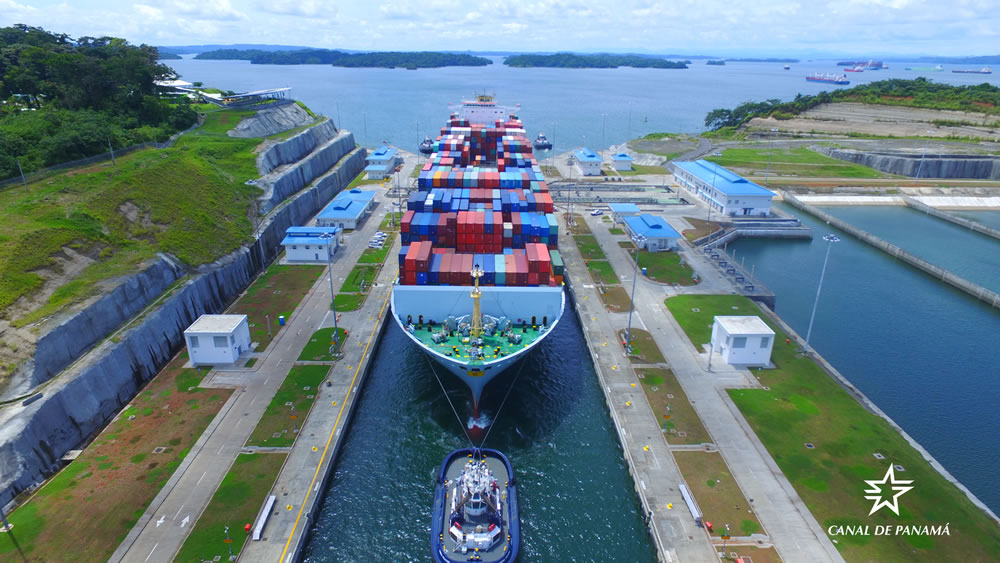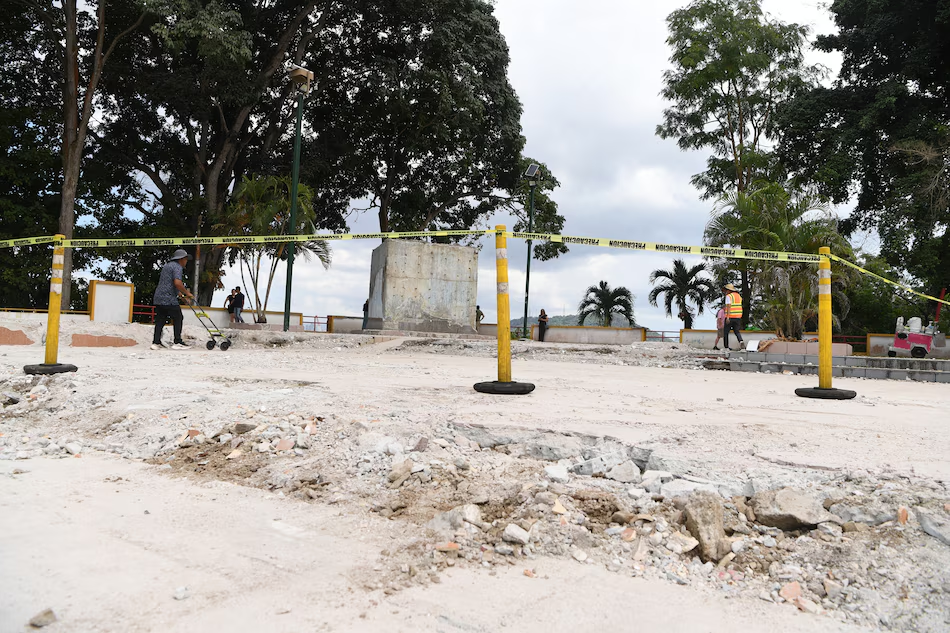Panama’s failing tourism ploys

The low performance of tourism in Panama in recent years does match up to the high investments that the Panamanian State has been making in airport and port infrastructure.
Between 2017 and 2018, the number of visitors who entered Panama through Tocumen International Airport grew by just 0.3%, the equivalent of some 6,000 additional passengers. The numbers for 2017 compared to 2016 were not good either: Although in the period concerned the average expenditure of tourists grew, the total number of visitors remained unchanged, at 2.5 million, reports CentralAmericaData
The figures contrast radically with the investments that have been made in the expansion of the Tocumen terminal in recent years, as well as in other infrastructure projects linked to tourism.
“… ‘There is important work to be done to increase the flow of these tourists’ (i.e. those who come to Panama to spend more than one night), acknowledged Tocumen dDirector, Oscar Ramirez during the presentation of the five-year results of the air terminal. “75% of the 16.24 million passengers who passed through Tocumen last year, did so in transit.”
“… The pace of Tocumen’s investments exceeds, by several digits, the airport’s revenues. Tocumen’s latest public financial statement reveals that construction works in progress, counted as assets until September 2018, reached of $1,071.78 billion. That amount expanded 27.5% in just one year, with the main part of that investment benefiting Odebrecht, which is currently executing the work.”
As reported by La Estrella. another of the pillars of Panama’s tourism attraction strategy is the “hub of the Americas,” concept with which Tocumen seeks to position itself as a bridge to other markets. The problem is that, given that the country is not a major provider of passengers, the strategy is based on connecting travelers from different parts, for which significant sums have been invested in the conditioning of the airport to serve these connecting routes.
At the same time, the Panamanian government has also invested heavily in international tourism promotion strategies, as well as in subsidies to foreign airlines to feed connecting routes and attract more tourists.
“… It is an aggressive economic bet with public funds, which added to the $500 million invested in the old town of Colon in the hope of raising it as a tourist city, surpass $2 billion, placed on the table to reactivate the industry without a fire to attract tourists en mass for which the country waits so long.”





